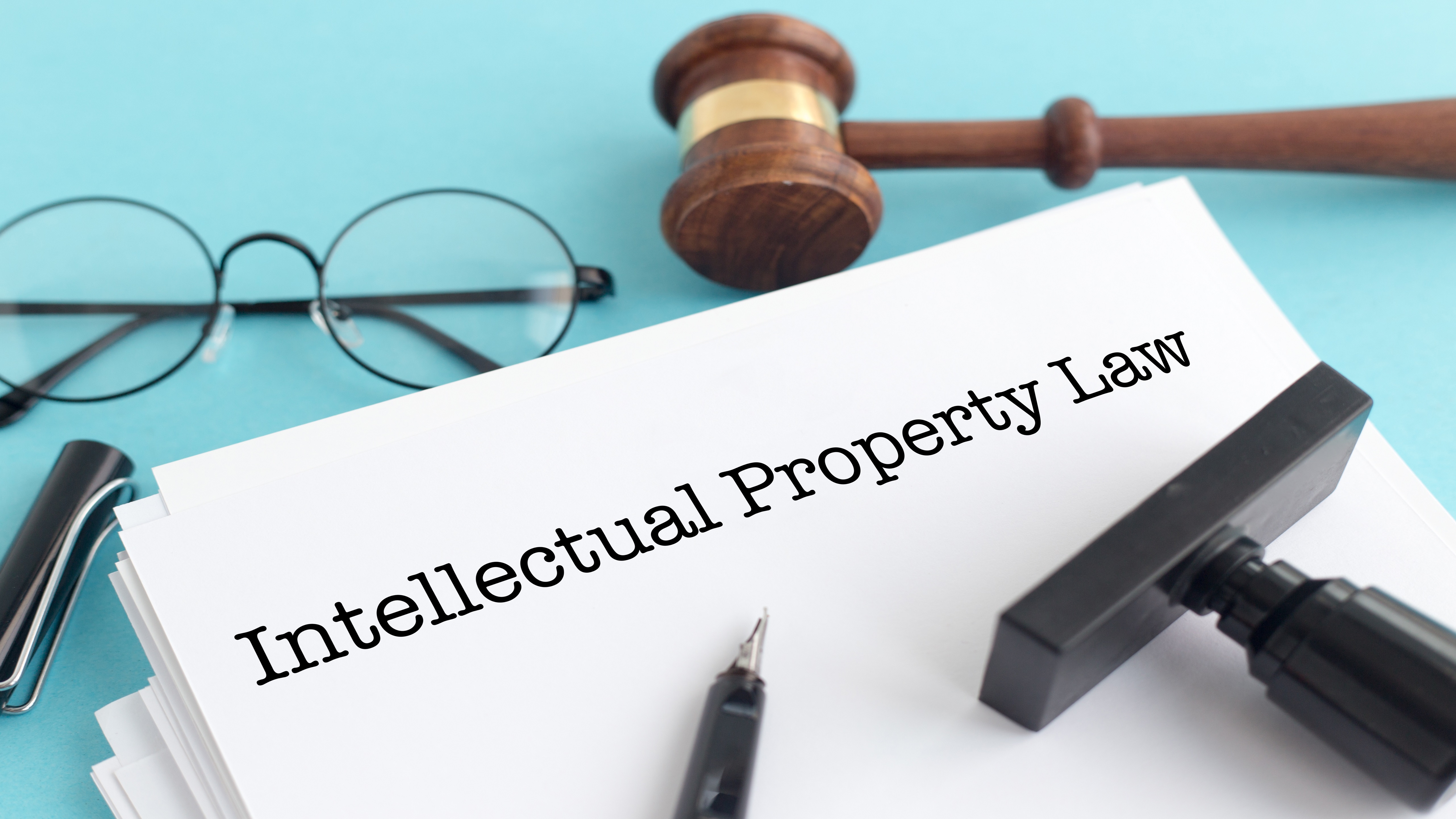
What to Do to Identify and Address Trademark Infringement
Businesses often seek trademark registration for the sole purpose of protecting their symbol, word, or a set of words that represents the company. In other words, they do not want their brand to be copied by anyone else. Unfortunately, even with trademarks at play, some companies still attempt to copy such representations. This leads to issues like trademark infringement, which the company that owns the trademark must then deal with.
In this article, we will discuss more on how to identify trademark infringement and what to do if it happens.
Identifying trademark infringement
The first step of stopping a trademark infringement is to identify that it is happening. It can be quite tough to do this, simply because the line between infringement depends on whether or not it causes or is likely to cause confusion.
Let’s say, for instance, that you are an airline company with a name similar to that of another company that sells kitchenware. While the name may be a similar or exact match, it may or may not be an infringement depending on whether or not it causes confusion among your audience. Generally, if there is a far enough separation between your industries, there will not be infringement simply because your audience will not be confused. However, if there was another airline company or similar that has a similar name to yours that does cause confusion, then you may label that as a trademark infringement.
Addressing trademark infringement
Once you identify another company whose brand is confused with your already-trademarked brand, then you can start addressing it as a trademark infringement.
The first thing you can do to stop ongoing infringement is to send a cease-and-desist letter, which simply means that the brand should stop using your trademarks. It outlines your demands to stop the infringement and lets the infringer become aware of the infringement they are committing.
The second step is to check with the USPTO and see if the infringer has tried to file trademark application of their own. If the infringer has tried to register the trademark as their own, you can file a Notice of Opposition. The opposition can block their application from registering.
If the cease-and-desist letter fails to resolve the infringement, then you will have to take the case to court. Lawsuits, while effective, are expensive for both you and the infringer. For that reason, it is vital that you work with expert lawyers to see whether the case should be done in a state or federal court, and also to increase your chances of winning the case. Once the case is over and addressed, you will be able to seek compensation from the infringer.

Conclusion
With that done, the case is solved, and you can continue your operations as usual. That said, to prevent future implications such as this, talk with your attorney and see what else you can protect under your brand.
Anything from product names to logos should all be trademarked under you, and monitoring them will ensure that future infringement matters are prevented. To assist in your efforts to protect your trademarks, it is recommended that you work with attorneys that offer monitoring services. This will allow you to stay on top of new marks and quickly address new infringement cases quickly and effectively, ensuring your business is not confused with any other brand that can potentially hurt your revenue.
Patent Lawyers have highly experienced patent and trademark attorneys offering legal services for copyright, trademark, and patent laws. If you are looking for a trademark attorney in Houston, Texas to address an ongoing trademark infringement case, work with us today!





